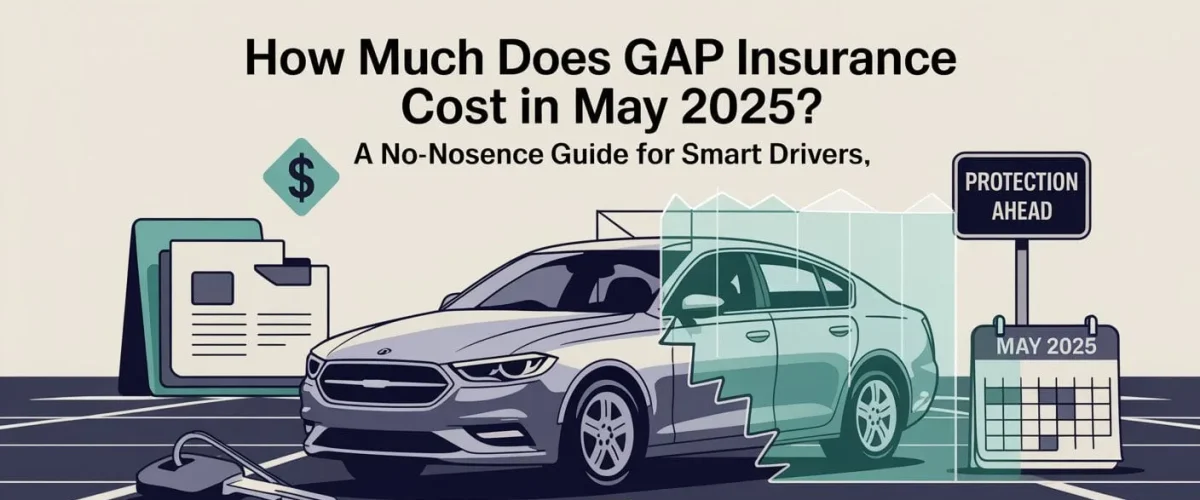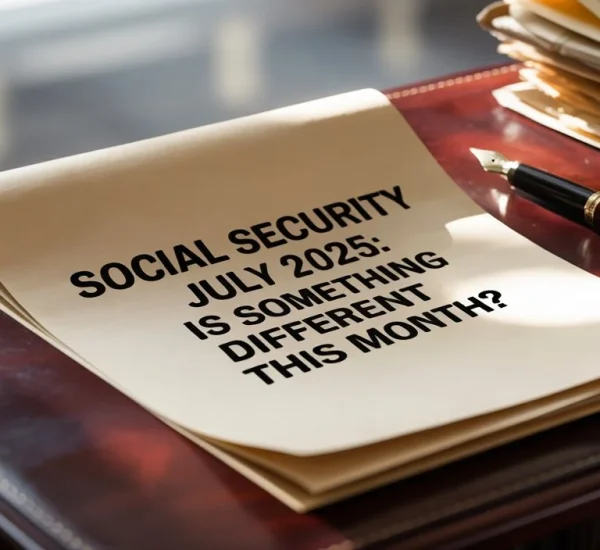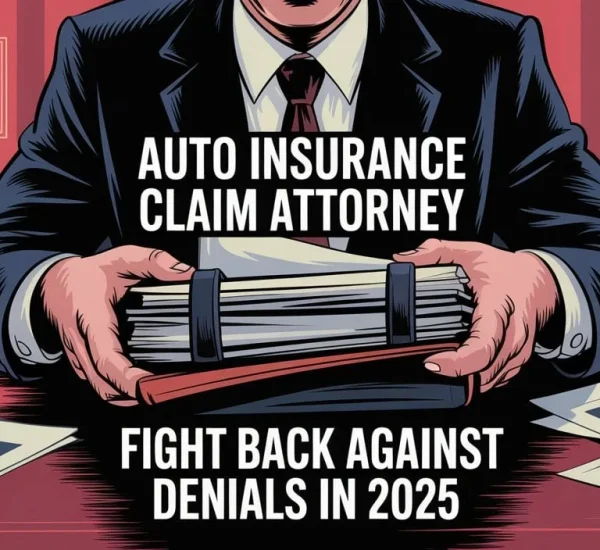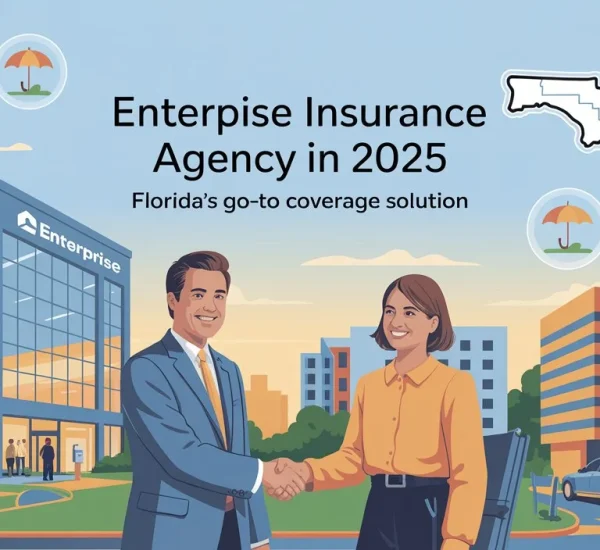How Much Does Gap Insurance Cost ?
When you’re financing or leasing a car, one word you’ll hear tossed around like a hot potato: GAP insurance. In 2025, car prices are higher than ever. Loan terms are longer than your streaming queue.
Understanding gap insurance cost is not optional; it’s essential for your finances. This guide strips out the jargon and gives you straight answers, smart comparisons, and real numbers to help you make a savvy decision.
| State | Average Annual Cost | Monthly Estimate | Cost Level |
|---|---|---|---|
| Montana | $210 | $17.50 | Most Expensive |
| Missouri | $205 | $17.08 | High |
| New York | $192 | $16.00 | High |
| Colorado | $158 | $13.17 | Moderately High |
| Michigan | $147 | $12.25 | Moderately High |
| — | — | — | — |
| West Virginia | $40 | $3.33 | Least Expensive |
| Iowa | $40 | $3.33 | Least Expensive |
| Vermont | $36 | $3.00 | Very Low |
| Maine | $36–$48 | $3–$4 | Very Low |
| New Hampshire | $36–$48 | $3–$4 | Very Low |
What Is Gap Insurance and Why Should You Care?
Gap insurance stands for Guaranteed Asset Protection. It explains the gap between your car’s market value and the amount you still owe on your auto loan. This applies if your car is stolen or totaled.
Let’s say you owe $25,000 on your car, but it’s only worth $19,000 after a year. Without gap insurance?
You’re eating the $6,000 difference. With it? You’re in the clear.
Average Cost of Gap Insurance in 2025
In 2025, the average annual cost of gap insurance is $90, or $7.50/month. That’s a 20% hike from 2021—blame it on rising car prices, repair costs, and longer loan terms.
But here’s the thing: not all policies are priced the same. Where you buy gap insurance dramatically affects how much you’ll pay.
Where You Buy Matters: Cost by Provider Type
Auto Insurance Companies – Cheapest Option
If you’re already covered, just bolt gap protection onto your policy. This route gives you the lowest gap insurance cost, ranging between $20–$40 per year.
Companies like Progressive, Amica, and USAA consistently offer the best rates.
Standalone Gap Insurance Providers – Mid-Range Option
No full coverage insurance? You can still get standalone gap insurance. Typical costs: $200 to $300 as a one-time fee. Still cheaper than what a dealership charges.
Nationwide Insurance leads this segment with monthly premiums as low as $2 to $4, especially for newer cars.
Dealerships & Lenders – Most Expensive
Dealerships are the priciest route by far, charging $500 to $700 upfront—and some mark it up to $1,500. Worse? It’s usually rolled into your auto loan, so you’re paying interest on it too.
That makes it 100% to 250% more expensive than buying through an insurer. Avoid unless absolutely necessary.
New vs. Used Cars: Do You Still Need It?
New Cars
Gap insurance is practically a must. Why?
- New cars lose 15–35% of their value in the first year
- Higher loan-to-value ratios
- You’re more likely to owe more than it’s worth
Used Cars
Less urgent, but still worth considering if:
- You made a down payment under 20%
- You have a loan term over 60 months
- You financed a car that depreciates quickly
For used vehicles, the risk is smaller—but if your numbers match the criteria above, gap insurance could still save you big.
State-by-State Breakdown: Where Gap Insurance Cost the Most (and Least)
Geography matters more than you think. Here’s a look at how gap insurance cost prices shift across the U.S. in 2025:
Most Expensive States
- Montana: $210/year
- Missouri: $205/year
- New York: $192/year
- Colorado: $158/year
- Michigan: $147/year
These states often have higher accident rates or stricter insurance mandates.
Least Expensive States
- West Virginia: $40/year
- Iowa: $40/year
- Vermont: $3/month
- Maine & New Hampshire: $3–$4/month
Northeastern states are generally cheaper thanks to fewer claims and tighter regulation.
What’s Driving Prices Up in 2025?
Here’s what’s behind the recent bump in gap insurance costs:
- Car Prices: New car prices are brushing up against $50,000 average
- Repair Cost Inflation: Up 7.4%
- Parts Costs: Up 3.8%
- Labor Wages: Up 4.8%
- Medical Costs: Up 8%
- Total Loss Claims: Up 11%
Source: The insurance industry is adjusting rates to keep pace.
Hidden Factors That Change Your Rate
Your rate isn’t just about the car. Here’s what else comes into play:
- Depreciation rate: Faster decline = higher cost
- Loan amount & term: Bigger loans and longer terms = more gap
- Down payment: Less than 20%? You’re a bigger risk
- Credit score: Below 650? Expect an 18–22% increase
- Driving record: A history of accidents = up to 42% premium bump
- ZIP code: Location changes everything
Top Gap Insurance Providers in 2025: Who’s Best?
If you’re shopping for the best bang for your buck, start here:
Top Insurance Companies
- Amica – $20/month with great customer support
- USAA – Flat rate $269, best for military families
- Progressive – Customizable plans, $60/year average
- State Farm – $15 to $55 per year
- Liberty Mutual – Around $50 annually
- Allstate – $15 to $50, with high claims satisfaction
- Travelers – Starting at just $19/month
Should You Buy It? Quick Decision Checklist
Here’s when you probably need gap insurance:
- You financed or leased a new car
- You made a small down payment
- You have a loan term longer than 5 years
- Your vehicle depreciates quickly
- You live in a high-cost state for insurance
If you paid mostly in cash or your car’s value exceeds what you owe, skip it.
Pro Tip: Bundle It for Maximum Savings
Adding gap insurance to your existing auto policy is usually the smartest financial move. You’ll dodge dealership markups and avoid interest charges on inflated coverage.
Don’t forget to compare quotes every year, especially if your loan balance changes or you refinance.
The Bottom Line
Gap insurance in 2025 costs more than before. However, it is still a fairly cheap way to protect drivers with loans or leases on newer cars. The key to saving? Avoid dealerships, bundle with your current insurer, and know your car’s depreciation curve.
It’s one of those coverages you hope you never need—but if you do, you’ll be glad it’s there.
Bonus: Quick Glossary
- Depreciation: The drop in your car’s market value over time
- Loan-to-Value Ratio (LTV): The amount you owe compared to your car’s worth
- Total Loss: When your car is so damaged it’s not worth fixing
- Bundling: Adding gap insurance to your existing car policy for a discount
Want to explore more about car insurance hacks in 2025? Stay tuned for our upcoming guides. We will cover full coverage breakdowns, how to spot junk fees in your loan, and tips to lower your premium without losing protection.




